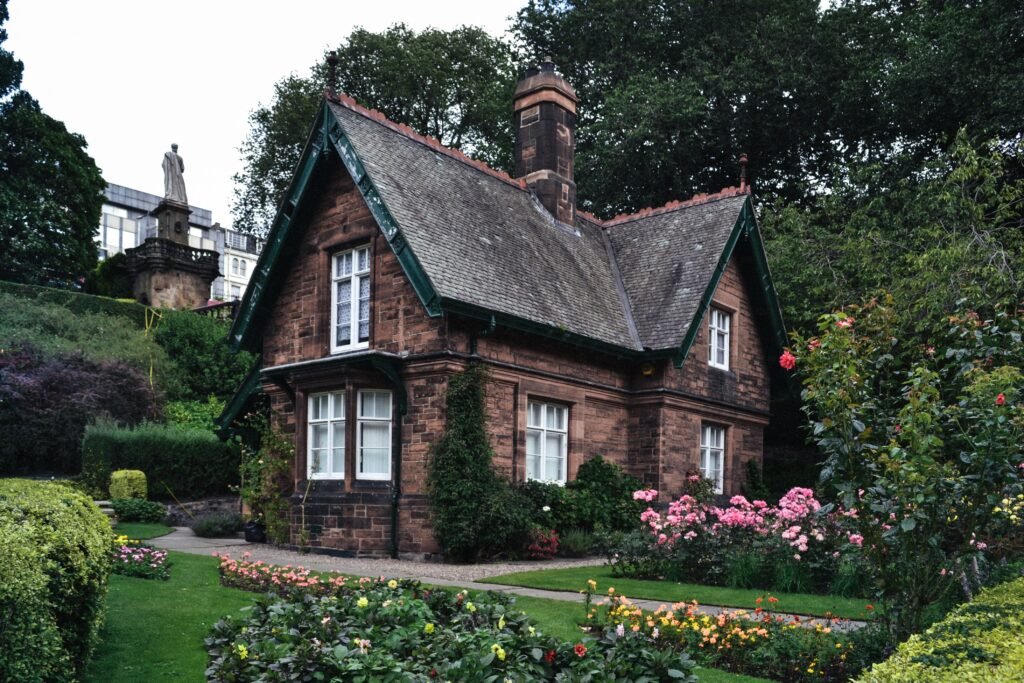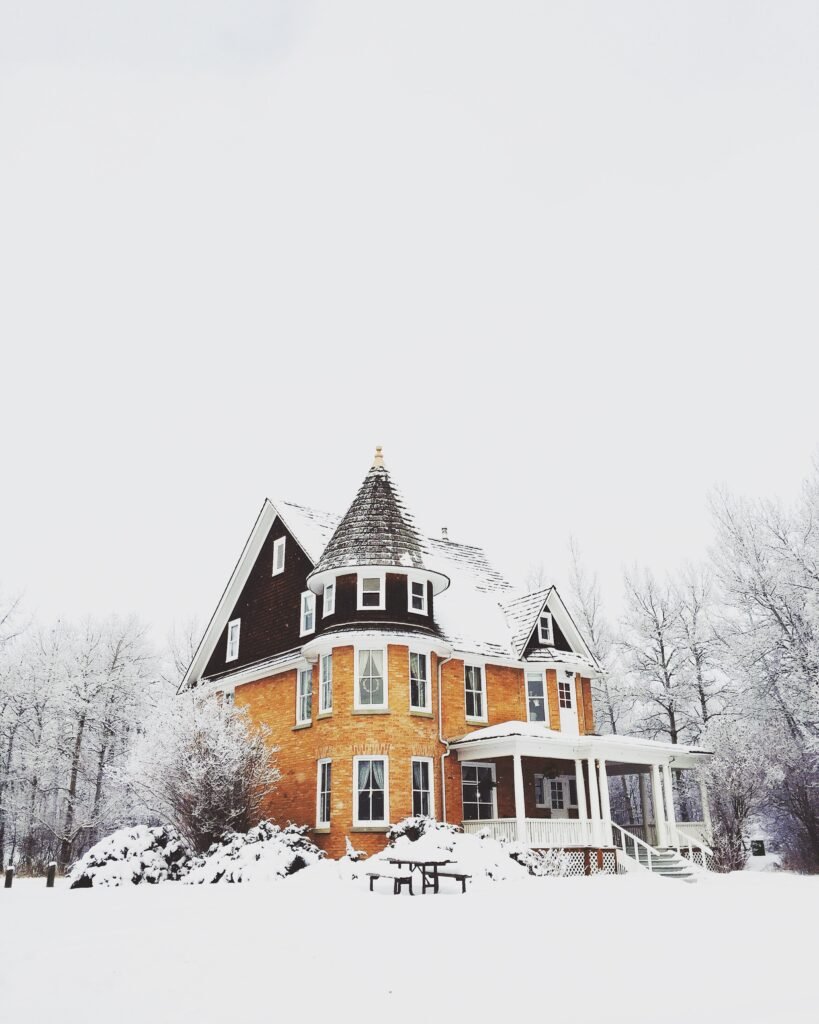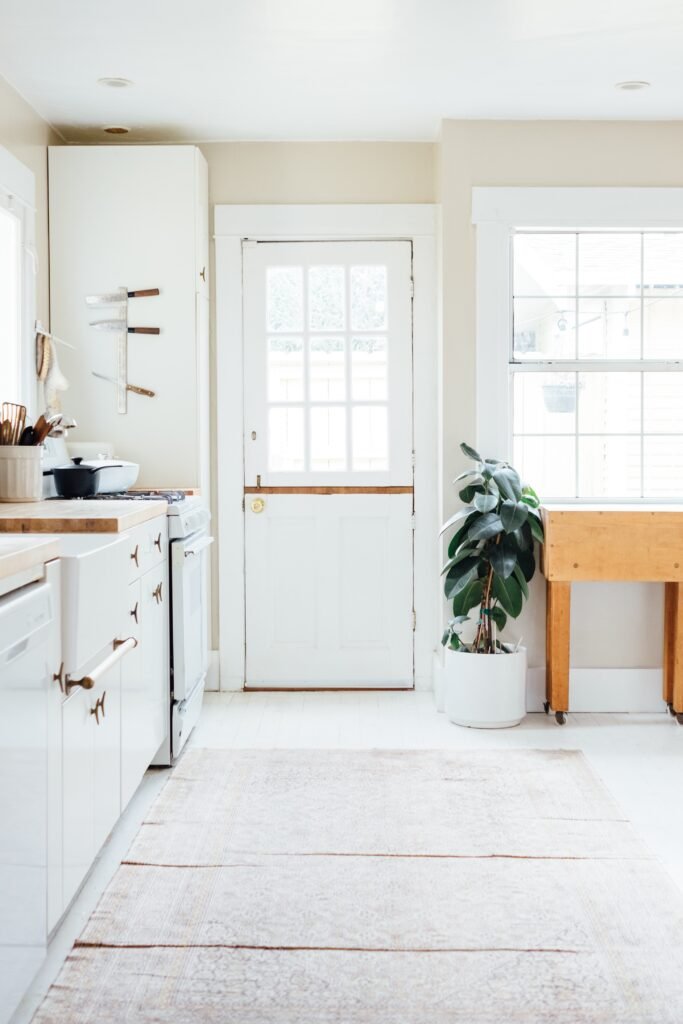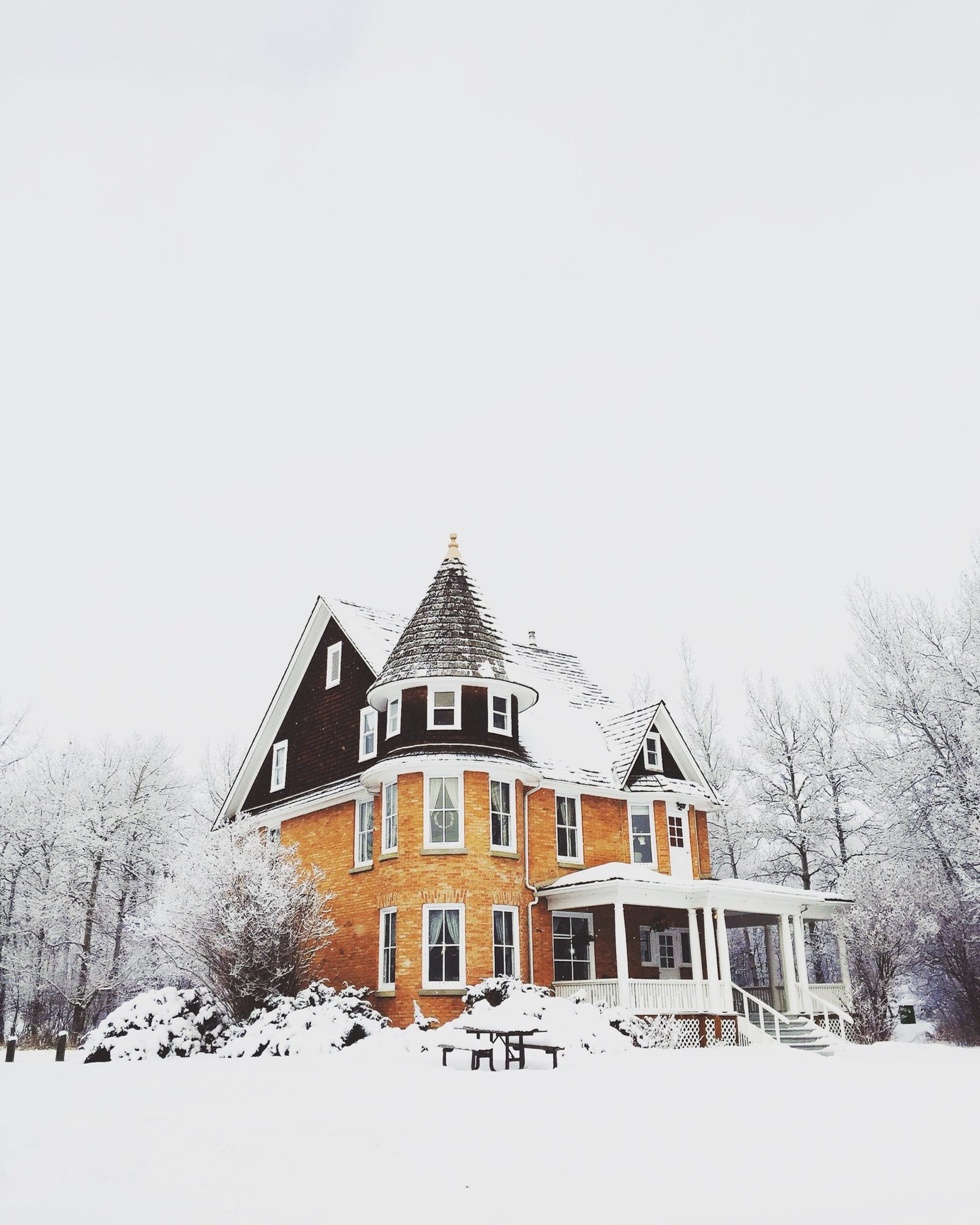Are you curious about the latest trend in South Africa? Take a glimpse into the fascinating world of the Tiny House Movement, which is gaining popularity across the country. From eco-friendly designs to innovative use of space, these diminutive dwellings offer a unique and sustainable way of living. Explore how South Africans are embracing the charm and practicality of tiny homes, and discover the benefits they bring to both individuals and communities. Step into a world where less is more and find out why the tiny house lifestyle is capturing the hearts of many in South Africa.

Understanding the Concept of Tiny Houses
Definition of a Tiny House
A tiny house is a small, compact dwelling that typically ranges in size from about 100 to 500 square feet. It is a minimalist approach to housing, where every inch of space is utilized efficiently to meet the needs of the homeowner. Tiny houses can be built on trailers, allowing for mobility and flexibility, or they can be constructed on a fixed foundation. These homes are designed to maximize functionality and minimize the carbon footprint, making them a sustainable and affordable alternative to traditional homes.
Global Emergence of the Tiny House Movement
The tiny house movement has gained significant momentum worldwide as people search for alternative housing options. In recent years, the concept of living in small, space-efficient homes has captured the attention of individuals who value minimalism, sustainability, and financial freedom. The movement has gained popularity across countries like the United States, Australia, and New Zealand.
Reasons Driving Popularity of Tiny Houses
There are several reasons why the tiny house movement has resonated with people across the globe. Firstly, the affordability factor plays a major role in the appeal of tiny houses. With rising property prices and increasing housing expenses, many individuals are looking for cost-effective alternatives. Tiny houses offer a significantly lower price tag, making homeownership more attainable.
Secondly, the desire for a minimalist lifestyle has also contributed to the rise in popularity of tiny houses. Many individuals are embracing a simpler way of living, focusing on experiences rather than material possessions. Tiny houses provide an opportunity to declutter and downsize, leading to a more intentional and meaningful existence.
Lastly, the environmental impact of tiny houses has also been a driving force behind their popularity. With their compact size and sustainable building practices, tiny houses have a significantly smaller carbon footprint compared to larger, traditional homes. This eco-friendly aspect appeals to individuals seeking to reduce their impact on the environment.
The Situation in South Africa
South Africa’s Housing Crisis
South Africa is facing a significant housing crisis, with a large portion of the population lacking access to decent and affordable housing. The demand for affordable homes far outweighs the supply, leaving many people living in informal settlements or inadequate housing conditions. The housing crisis in South Africa calls for innovative solutions to ensure that everyone has access to safe and affordable shelter.
The Emergence of the Tiny House Movement in South Africa
In recent years, the tiny house movement has gained traction in South Africa as a potential solution to the housing crisis. With its affordability and minimalistic approach, tiny houses offer a glimmer of hope for those looking for viable housing options. South Africans are starting to embrace the concept of living in smaller spaces and are exploring the potential benefits that tiny houses can bring.
The Impact of Culture and Society on Tiny House Acceptance
The acceptance of tiny houses in South Africa is influenced by various cultural and societal factors. Traditional beliefs and values surrounding homeownership and the importance of space can impact the reception of tiny houses in communities. Additionally, societal norms and expectations around the size and status of homes can also shape people’s perceptions of tiny houses. It is crucial to consider these cultural and societal factors when assessing the viability and acceptance of tiny houses in South Africa.

Notable Tiny House Builders in South Africa
Prolific South African Tiny House Builders
South Africa is home to several notable tiny house builders who have played a significant role in promoting the movement nationwide. These builders have developed expertise in designing and constructing tiny houses that meet the unique needs and preferences of South African homeowners. Their passion for sustainable living and innovative design has fueled the growth of the tiny house movement in the country.
Tiny House Building Styles in South Africa
The tiny house builders in South Africa offer a range of building styles to cater to diverse preferences and requirements. From sleek, modern designs to rustic, off-grid cabins, there is a wide selection of tiny house styles available. These builders understand the importance of customization and work closely with their clients to create unique and functional spaces.
Services and Products Offered by these Builders
Apart from constructing tiny houses, these builders provide a range of services and products to support the tiny house lifestyle. Some builders offer consultations to help potential homeowners navigate the design and construction process. Others provide comprehensive packages that include everything from the design, construction, and even the sourcing of sustainable materials. These builders often collaborate with local craftsmen and suppliers to ensure the highest quality and sustainability standards are met.
The Legislative Environment around Tiny Houses
Building Regulations and their Effect on Tiny Houses
The legislative environment plays a significant role in shaping the viability and acceptance of tiny houses in South Africa. Building regulations set forth by local authorities often dictate the types of structures that are allowed and the standards that must be met. Currently, there is a lack of clear guidelines and regulations specific to tiny houses in most municipalities, which can pose challenges for individuals looking to build or live in tiny houses.
Land Ownership and the Tiny House Movement
Another crucial aspect to consider is land ownership. Tiny house dwellers often face obstacles in finding suitable land to park or place their tiny homes. While some individuals choose to purchase their own land, others opt for renting or joining existing tiny house communities. Legal and logistical challenges related to land ownership can limit the growth and acceptance of tiny houses in South Africa.
Possible Changes in Laws Promoting Tiny Houses
Despite the current challenges, there is potential for change in South Africa’s legislative environment to promote and accommodate tiny houses. Advocacy groups and organizations are working towards creating awareness and influencing policymakers to develop regulations that consider the unique characteristics of tiny houses. Possible changes in laws could include the recognition of tiny houses as a legitimate form of housing and the introduction of zoning regulations tailored to tiny house communities.

Challenges of Living in a Tiny House in South Africa
Space Limitations
One of the primary challenges of living in a tiny house in South Africa is the limited space. With the average size of a tiny house ranging from 100 to 500 square feet, individuals must carefully consider their belongings and prioritize what is essential. The compact living space requires creative storage solutions and a commitment to decluttering regularly.
Lack of Acceptance by Some Sectors of Society
Although the tiny house movement is gaining traction, there are still sectors of society that view tiny houses with skepticism and resistance. Traditional notions of homeownership and societal expectations around living space can hinder acceptance of the tiny house lifestyle. Education and awareness about the benefits of tiny houses are essential in overcoming this resistance.
Challenges around Accessibility and Convenience
Tiny houses often face challenges in terms of accessibility and convenience. Limited space may result in sacrifices in terms of amenities and storage. Additionally, the mobility factor of some tiny houses can present challenges in finding suitable parking or placement locations. However, innovative design solutions and strategic placement can help overcome these challenges.
Benefits of Opting for a Tiny House
Affordability
One of the biggest advantages of choosing a tiny house in South Africa is its affordability. Traditional homeownership can be financially burdensome, especially for those struggling with the housing crisis. Tiny houses provide a more attainable option, with lower upfront costs, reduced maintenance expenses, and lower utility bills.
Freedom and Mobility
For individuals seeking a more flexible and mobile lifestyle, tiny houses offer the freedom to move and explore different locations. Tiny houses on wheels can be easily transported, allowing homeowners to change their surroundings without the hassle of selling or renting a property. This mobility can be particularly appealing to those who value adventure and travel.
Minimalist Lifestyle
Living in a tiny house encourages a minimalist lifestyle, where individuals prioritize experiences over material possessions. The limited space forces homeowners to declutter and live with only what is essential, promoting a more intentional and meaningful way of living. Embracing minimalism can lead to financial freedom, reduced stress, and a greater focus on personal growth.
Environmental Impact
Tiny houses have a significantly smaller carbon footprint compared to larger, traditional homes. These compact dwellings require fewer building materials, utilize renewable energy sources, and consume less energy for heating, cooling, and maintenance. By embracing tiny house living, individuals can contribute to reducing their impact on the environment and promoting sustainability.
Case Studies of South African Tiny House Dwellers
Personal Stories of Transitioning to Tiny Home Living
The stories of South African individuals who have transitioned to tiny home living provide valuable insights into the benefits and challenges of this lifestyle. These personal accounts shed light on the motivation behind choosing a tiny house, the process of downsizing, and the overall impact on their well-being and quality of life.
Impact on Lifestyle and Well-being
Many South Africans who have embraced tiny house living attest to the positive impact it has had on their lifestyle and well-being. The simplicity and functionality of tiny houses allow for a less stressful and clutter-free living environment. Homeowners often report feeling more connected to nature, experiencing a deeper sense of community, and having increased financial security and freedom.
Solutions to Common Tiny House Challenges
While living in a tiny house comes with its challenges, South African homeowners have found innovative solutions to address these obstacles. Creative storage solutions, multifunctional furniture, and strategic use of outdoor spaces are just a few examples. Additionally, building strong community networks and sharing resources can help overcome the potential limitations of tiny house living.
The Role of Tiny Houses in Addressing Homelessness
Tiny Houses as a Potential Solution to Homelessness
Tiny houses have gained recognition as a potential solution to address homelessness in South Africa. These compact, affordable dwellings can offer a safe and dignified living space for individuals experiencing homelessness. The tiny house movement, when combined with support services, can provide a pathway to stability, empower individuals, and help break the cycle of homelessness.
Case Studies of Tiny House Communities for the Homeless
There are several inspiring examples of tiny house communities specifically designed for individuals experiencing homelessness. These communities provide a supportive and nurturing environment, offering not only housing but also access to essential services such as healthcare, counseling, and employment assistance. Case studies of successful tiny house communities demonstrate the transformative power of this approach in addressing homelessness.
Challenges and Benefits in Applying this Approach
While the tiny house approach to addressing homelessness holds promise, there are challenges that must be considered. Building and zoning regulations, community acceptance, and securing suitable land are just a few of the hurdles that need to be addressed. However, the benefits of providing stable, affordable housing to individuals experiencing homelessness outweigh these challenges, offering hope and a pathway to a brighter future.
Future Trends in the Tiny House Movement
Influence of the Global Trend on South Africa
The global trend of tiny house living is likely to continue influencing South Africa’s housing landscape in the future. As more people become aware of the benefits and possibilities offered by tiny houses, the demand for affordable and sustainable housing solutions will increase. South Africa is poised to tap into this global movement and embrace the concept of tiny houses on a larger scale.
Potential for Growth within South Africa
The potential for growth within the tiny house movement in South Africa is immense. With its affordability, flexibility, and sustainability, tiny houses can play a significant role in addressing the housing crisis. As awareness grows and regulatory frameworks evolve, more South Africans will have access to safe, affordable, and environmentally friendly housing options.
Possible Innovations in Tiny House Design and Construction
Design and construction innovations within the tiny house movement are likely to shape the future of tiny houses in South Africa. Advancements in sustainable building materials, off-grid technology, and space-efficient design solutions will make tiny houses even more viable and appealing. These innovations will drive the continued evolution and improvement of the tiny house movement, making it an increasingly attractive option for South Africans.
Conclusion: The Future of the Tiny House Movement in South Africa
Summary of the Current Situation
Currently, the tiny house movement in South Africa is gaining momentum, offering a potential solution to the housing crisis. The concept of tiny houses is being embraced by individuals seeking affordability, sustainability, and a simpler way of living. However, challenges related to regulations, land ownership, and societal acceptance must be addressed to fully realize the potential of the movement.
Predicted Future Developments
The future holds promising developments for the tiny house movement in South Africa. Advocacy and awareness efforts are likely to result in changes to regulations, making it easier for individuals to build and live in tiny houses. The growth of tiny house communities and the emergence of innovative designs and construction techniques will further drive the movement forward.
The Impact on South African Housing Crisis
The tiny house movement has the potential to positively impact South Africa’s housing crisis by offering affordable and sustainable housing options. As the movement gains traction and more tiny houses are built, the pressure on the traditional housing market may be alleviated, reducing the number of people living in inadequate or informal housing.
Lasting Implications of the Movement
Beyond addressing the housing crisis, the tiny house movement has lasting implications for South African society. The embrace of minimalistic living and sustainability can lead to a shift in values and priorities. The movement encourages a more intentional and connected way of living, fostering community engagement and reducing the strain on resources. Ultimately, the tiny house movement has the power to transform not only housing but also the way South Africans think about their relationship with the environment and their fellow citizens.
